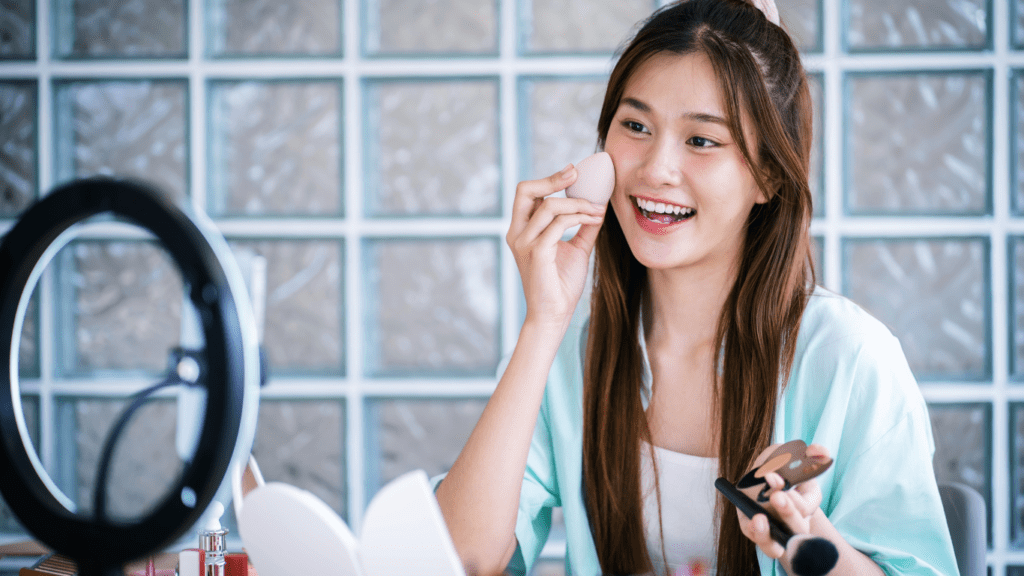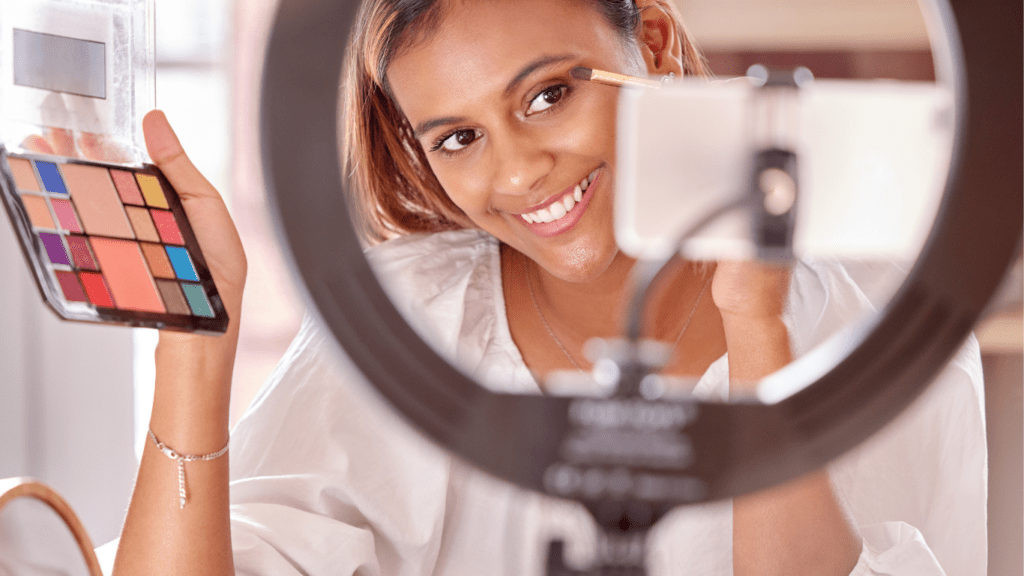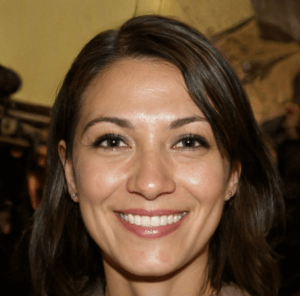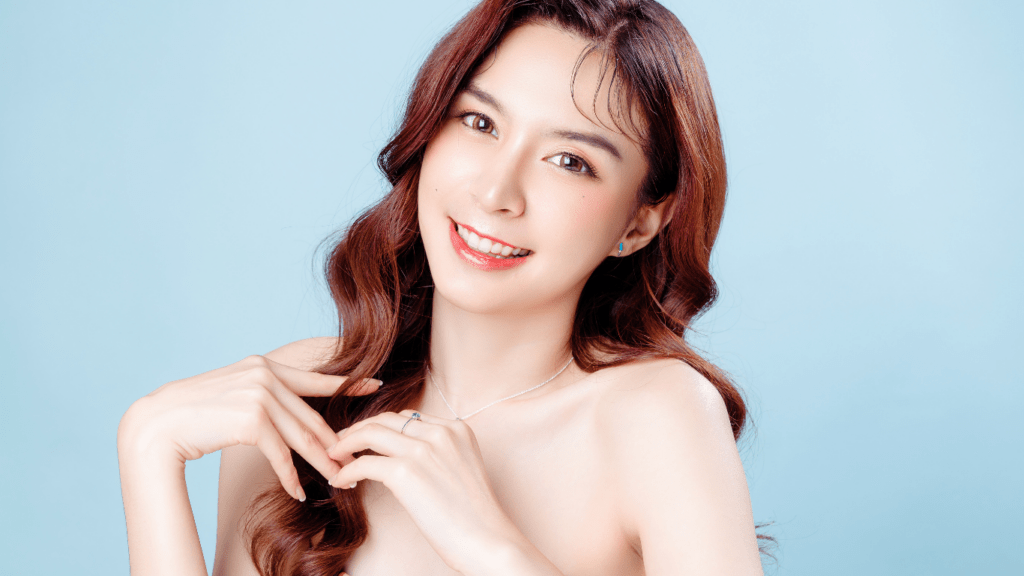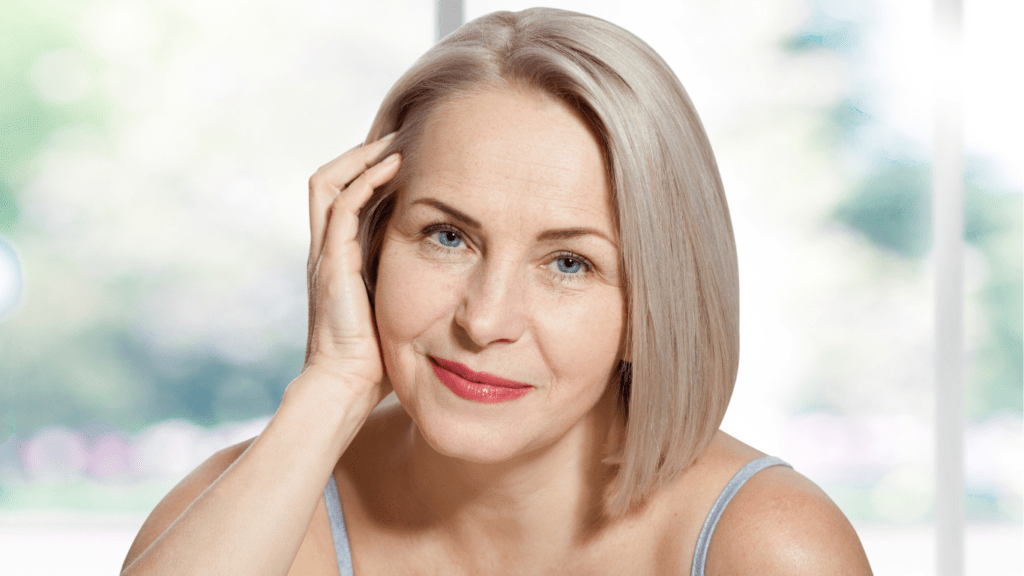The Rise of Influencers in the Beauty Industry
Influencers have become pivotal in the beauty industry, reshaping how consumers discover and purchase products. Here’s a closer look at how this transformation unfolded.
Historical Context
The beauty industry’s relationship with endorsement traces back to celebrity endorsements in the early 20th century. Hollywood stars, like Elizabeth Taylor, popularized beauty products through print and TV ads. Traditional advertising methods dominated until the early 2000s, when the internet began altering consumer behavior. Blogs and online forums such as MakeupAlley offered peer reviews, leading consumers to value genuine experiences over corporate advertisements.
The Emergence of Social Media Platforms
The 2010s saw social media platforms revolutionize beauty marketing. YouTube, Instagram, and TikTok became hotbeds for beauty content. Influencers like Michelle Phan and Huda Kattan built massive followings by sharing tutorials and honest reviews.
\These platforms allowed direct interaction between influencers and their audiences, fostering a sense of trust and community. Brands noticed and began partnering with influencers to reach targeted demographics more effectively, utilizing posts, stories, and live demonstrations to drive product awareness and sales.
Through these evolutions, influencers have solidified their role as key players in shaping beauty trends and consumer preferences.
Impact on Beauty Product Sales
Influencers have a measurable effect on beauty product sales. Their endorsements can catapult products into best-seller lists overnight.
Case Studies of Successful Campaigns
Several campaigns highlight the power of influencers in driving sales. For example:
- Maybelline’s Lash Sensational Mascara: Partnered with beauty influencers like NikkieTutorials. Sales increased by 200% within weeks.
- Fenty Beauty: Collaborated with numerous influencers, including Jackie Aina, to promote its diverse shade range. Achieved $100 million in sales in its first 40 days.
- Ole Henriksen’s Banana Bright Eye Crème: Leveraged influencers like Desi Perkins. Led to a 30% increase in online sales within a month.
These partnerships showcase how targeted influencer campaigns effectively boost visibility and sales.
Quantitative Metrics
Influencers generate significant returns on investment. Key metrics include:
| Metric | Description | Example |
|---|---|---|
| Sales Uplift | Percentage increase in sales post-campaign | Fenty Beauty’s $100 million in 40 days |
| Engagement Rate | Average likes, comments, and shares on posts | 2% higher engagement on Maybelline’s mascara posts |
| Conversion Rate | Percentage of audience making a purchase | Ole Henriksen saw a 30% increase in sales |
| Reach and Impressions | Number of unique users who see the content | Influencers’ combined reach, e.g., 10 million users |
Tracking these metrics helps brands quantify the success of influencer partnerships and optimize future campaigns.
Influencers continue playing a pivotal role in driving beauty product sales, using targeted campaigns and quantifiable metrics to measure their success.
Trendsetting and Consumer Behavior
Influencers play a crucial role in shaping beauty trends and influencing consumer behavior. Their vast social media reach allows them to set trends and drive sales.
How Influencers Shape Trends

Influencers introduce new products and techniques. When they showcase a product, it often leads to increased interest and eventual viral status. For instance, when an influencer uses a niche makeup brand in a tutorial, their followers often rush to purchase it. Specific trends like contouring became popular due to influencer demonstrations. They’re seen as trendsetters, making their followers eager to adopt the latest styles and products they endorse.
The Psychology of Trust and Authenticity
Consumers trust influencers because of their perceived authenticity. Influencers often share personal stories and honest reviews, making their endorsements feel genuine. When followers see consistent use and positive feedback about a beauty product, they’re more likely to believe in its effectiveness. This trust stems from the repeated, relatable content influencers provide, making their audience feel like they’re getting recommendations from a friend. Consequently, this trust drives purchasing behavior, as consumers feel confident in the influencer’s product endorsements.
Challenges and Ethical Considerations
Influencers play a significant role in the beauty industry, but this role comes with challenges and ethical concerns that need to be addressed.
Transparency and Authenticity Concerns
Maintaining transparency is crucial for influencers. Yet, sponsored content can blur the line between genuine reviews and paid promotions. Audiences trust influencers for their honest opinions.
When undisclosed sponsorships arise, it damages this trust. For example, beauty influencers must disclose partnerships clearly to uphold their credibility, as per FTC guidelines. Authenticity issues also arise when influencers promote products they don’t genuinely use or like, leading to a disconnect with their followers.
Regulatory and Legal Issues
Influencers face various regulatory and legal challenges. Non-compliance with advertising regulations can lead to penalties. In the U.S., the Federal Trade Commission (FTC) mandates that any sponsored content be clearly labeled as such.
Failure to disclose these relationships can result in fines. For instance, influencers have received fines for not marking sponsored posts appropriately. Another issue lies in false advertising claims. Influencers must avoid exaggerated product claims that can mislead consumers and result in legal repercussions for both the influencer and the brand involved.
The Future of Influencer Marketing in Beauty
Influencer marketing continues to evolve within the beauty industry, responding to changes in consumer behavior and technological advancements. This evolution shapes how brands strategize.
Predicting Upcoming Trends
Analyzing current patterns offers insights into upcoming beauty trends. Influencers often provide early cues. For instance, micro-influencers, with followers ranging from 10,000-100,000, are gaining traction because of their high engagement rates.
These influencers often highlight niche products, driving curiosity and adoption within their tightly knit communities. Sustainable and clean beauty is another growing trend, and influencers advocating for environmentally conscious products play a crucial role in shaping consumer preferences.
The Role of Technology and Data Analytics
Leverage technology and data analytics for a more nuanced understanding of influencer impact. Brands are increasingly using AI and machine learning to analyze engagement metrics, sentiment analysis, and conversion rates.
This data helps identify which influencers bring the highest ROI. Additionally, augmented reality (AR) and virtual reality (VR) experiences are becoming integral in beauty marketing. Tools like virtual try-ons, powered by AR, give influencers new ways to engage their audience, providing immersive experiences that drive higher engagement and sales.

